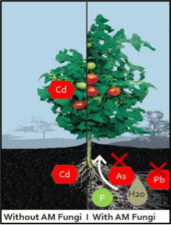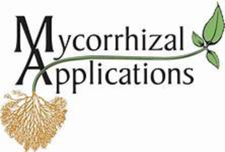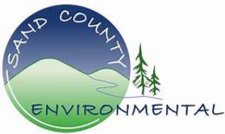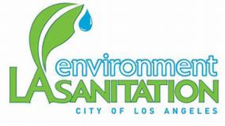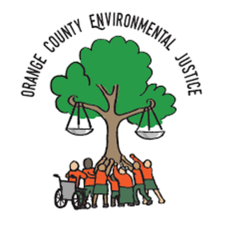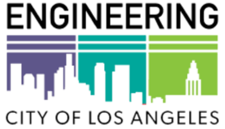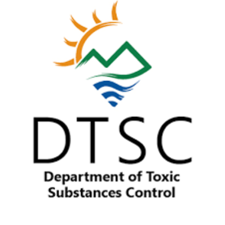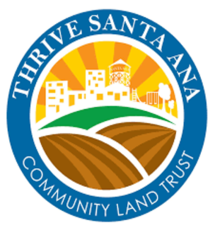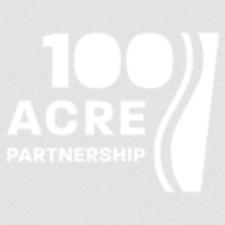Phyto Myco Remediation Study
Testing Locally-Adapted and Sustainable Solutions for Brownfields Cleanup

Researchers at the University of California, Riverside have teamed up with the City of Los Angeles and several community land trusts to test a soil clean up method involving native plants and fungi in a 1-year research field study launching this winter. UCR researchers in the Environmental Sciences and Toxicology department found that some plants and fungi growing naturally on contaminated sites around Los Angeles take up metals such as lead and cadmium from the soil, where they can then be safely removed, and fungi help these plants survive in contaminated soils and may also break down contaminants like diesel and PAH’s like benzo(a)pyrene, turning them into safe clean soil. These plants and fungi will be planted in small plots at 3 contaminated sites (known as brownfields) across greater Los Angeles, including Taylor Yard (pictured to the right), Slauson and Wall and LA Ecovillage, and monitored to see how well they clean the soil.
Since this natural type of remediation may be less costly than conventional remediation and is also better for the environment, it could be a way to clean up more sites more quickly in greater Los Angeles without less soil disturbance having to disturb the soil.
The field study will test these biological remediation combinations:
- two native plants (Telegraphweed and California Buckwheat, pictured below)
- native soil fungi
- commercial mycorrhizal fungal inoculum
- decomposer fungal inoculum
- with and without irrigation
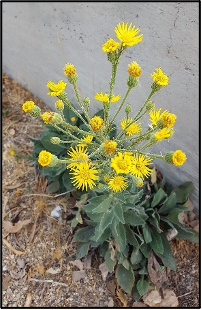
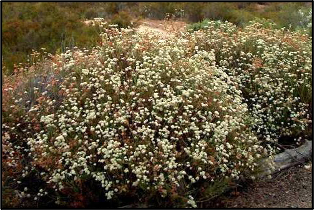
From left to right: Telegraphweed and California Buckwheat are the two native plants found to accumulate lead, arsenic and cadmium that will be tested in the study.
The field studies will be paired with greenhouse studies in UCR greenhouses including the same native plants and fungi at differing soil contaminant concentrations and irrigation regimes, but with the addition of two food crops (lettuce and carrot). This will allow us to test the effectiveness of these fungal treatments in enhancing or inhibiting hazardous metal uptake into under different soil metal concentrations (low and high) and different irrigation and drought conditions. Research findings have application in agriculture and phytoremediation, where these AM fungi may be applied to reduce hazardous metal translocation into edible crops and/or enhance phytoremediation.
What is Phyto and Myco Remediation?
Working with plants to clean up contaminated soil or water is called ‘phytoremediation’ and working with fungi to clean soil or water is called ‘mycoremediation.’ There are decomposer fungi who break down organic materials for food and can also break down some contaminants, and mycorrhizal fungi (aka “plant friend” fungi) which connect to plants through the roots and help plants grow, who can enhance or inhibit hazardous metal uptake into plants. Phyto and myco – remediation are part of a larger approach known as biological remediation or bioremediation for short.
For more information about phytoremediation, see the EPA’s publication A Citizen’s Guide to Phytoremediation
The EPA also maintains a collection of ongoing and completed phytoremediation projects.
Kansas State University maintains a phytoremediation database with more than 120 contaminants and 1,130 plant species. There are more than 1,000 publications on the use of vegetation for phytoremediation and more than 25 case studies describing full-scale phytoremediation in practice. Available at: https://www.agronomy.k-state.edu/extension/environmental-quality/phytoremediation.html
For more information, contact:
Danielle Stevenson
PhD candidate in Environmental Toxicology
Soil Biogeochemistry Group
dstev013@ucr.edu

